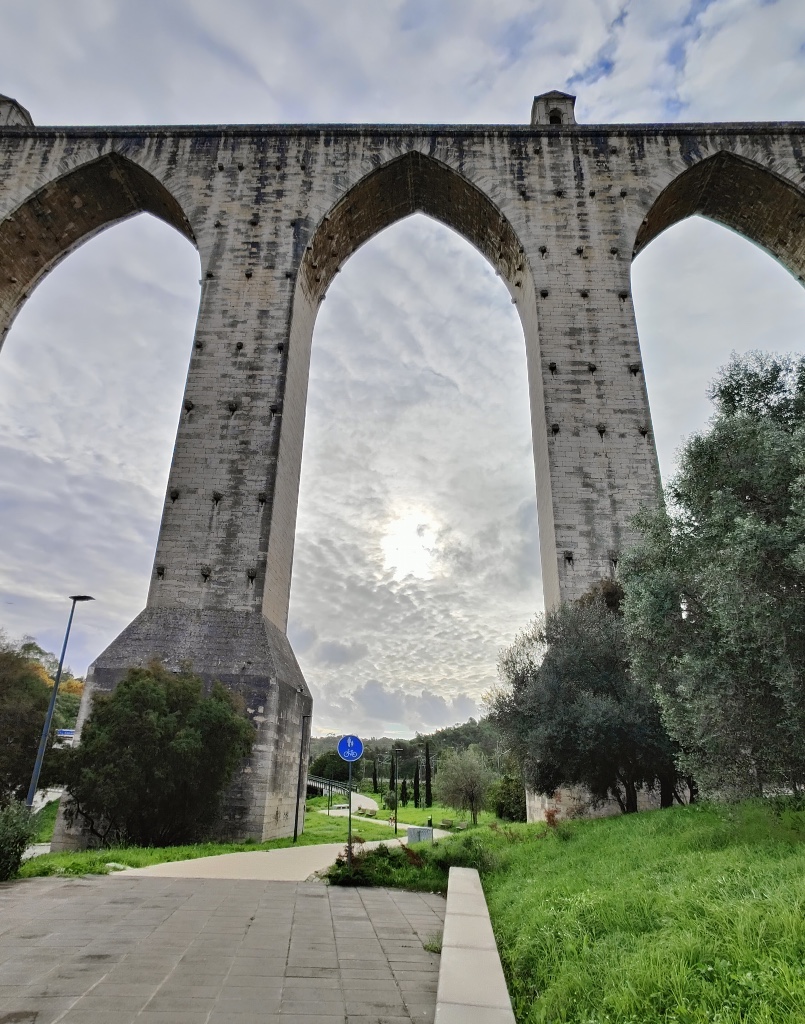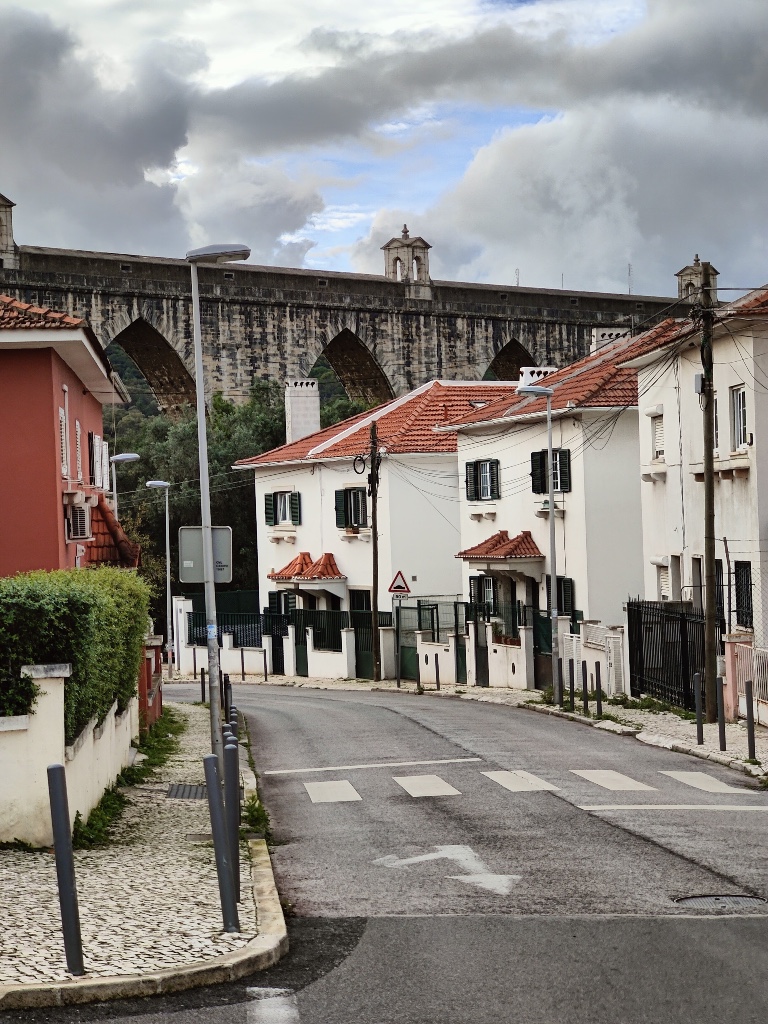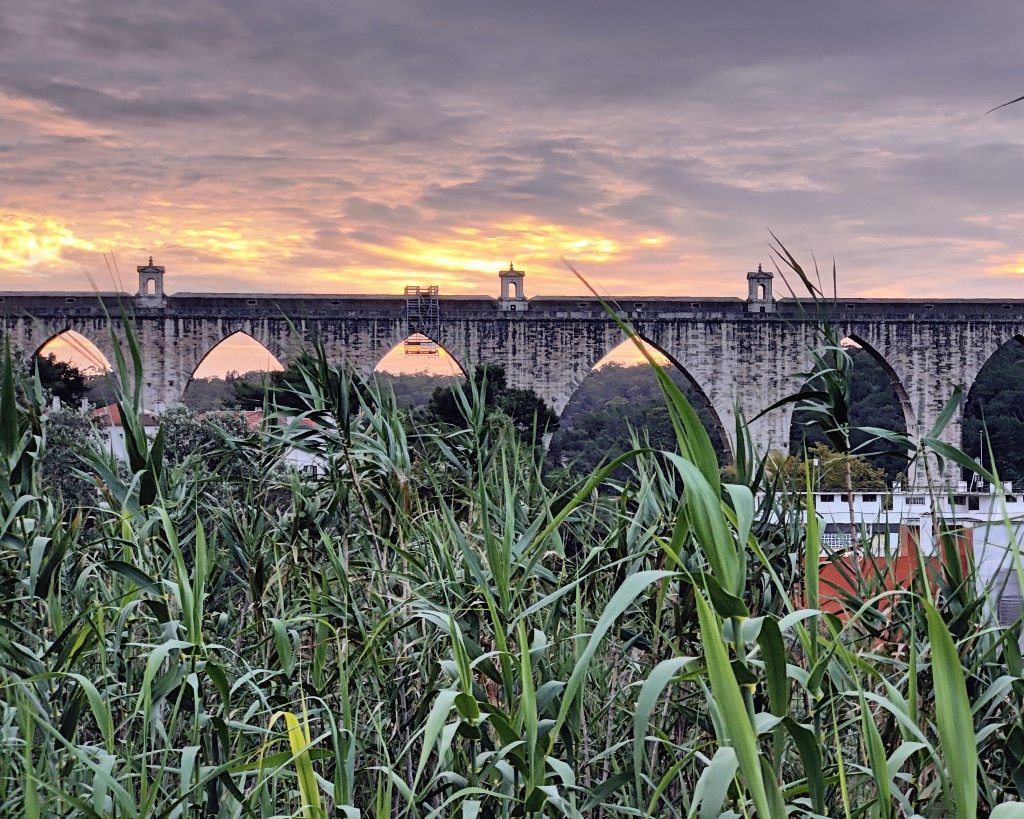Everywhere you look is one perfect scene after another. All of the streets are cobblestone works of art. Cobblestone was introduced to Lisbon in 1498, by order of King Manuel I. The techniques were learned from the Roman occupation. Although most of the ancient streets we demolished during the earthquake of 1755, most you see were rebuilt as late as the mid 19th century. The use of tiles are equally as astounding. Facades of buildings, churches, and interiors all works of art. The Moors introduced tiles to Portugal and Spain as early as the 13th century, when the Iberian Peninsula was ruled by the Moors of Northern Africa. After the earthquake, the tiles were used as a less expensive way to rebuild the city, along with insulation from the cold and allowing the heavy rains to repel off of buildings facades. Sant’Anna, the oldest tile factory on Lisbon (1741), is still producing tiles today. They were responsible for the quick rebuilding of the city after the earthquake, and also for the aesthetic of Lisbon.

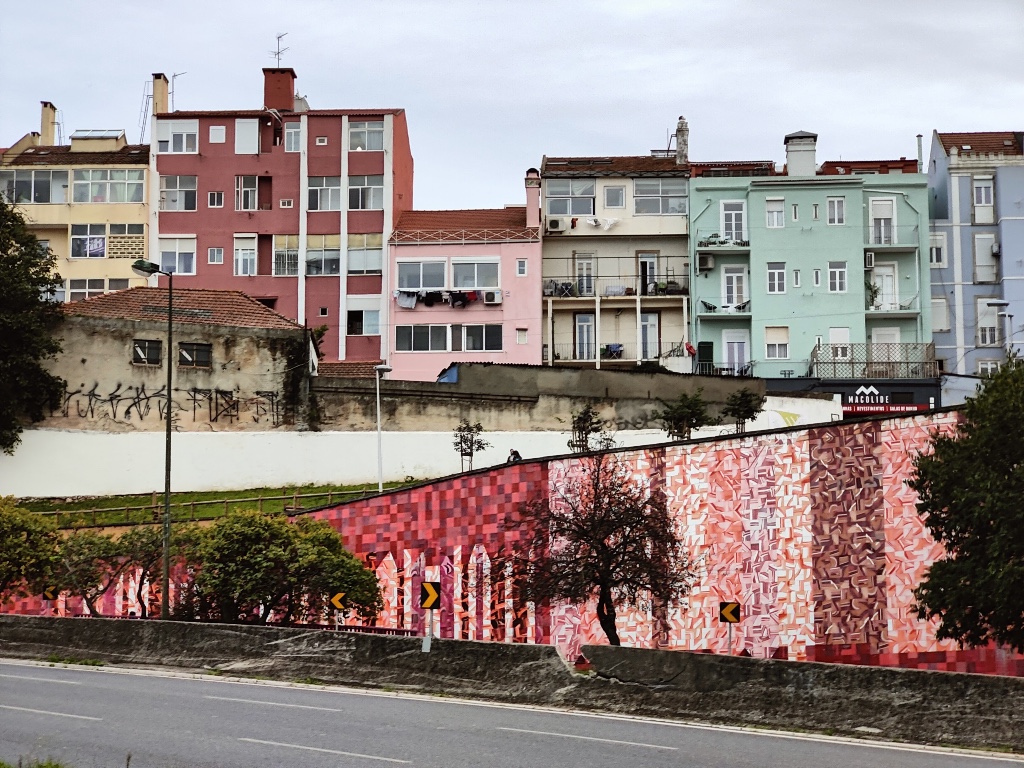
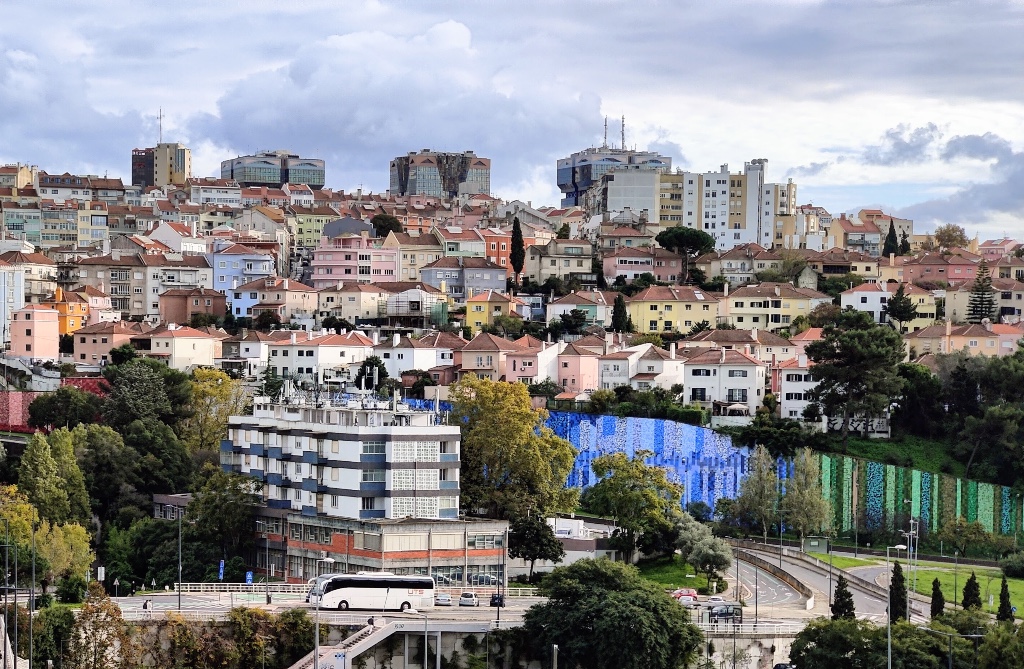
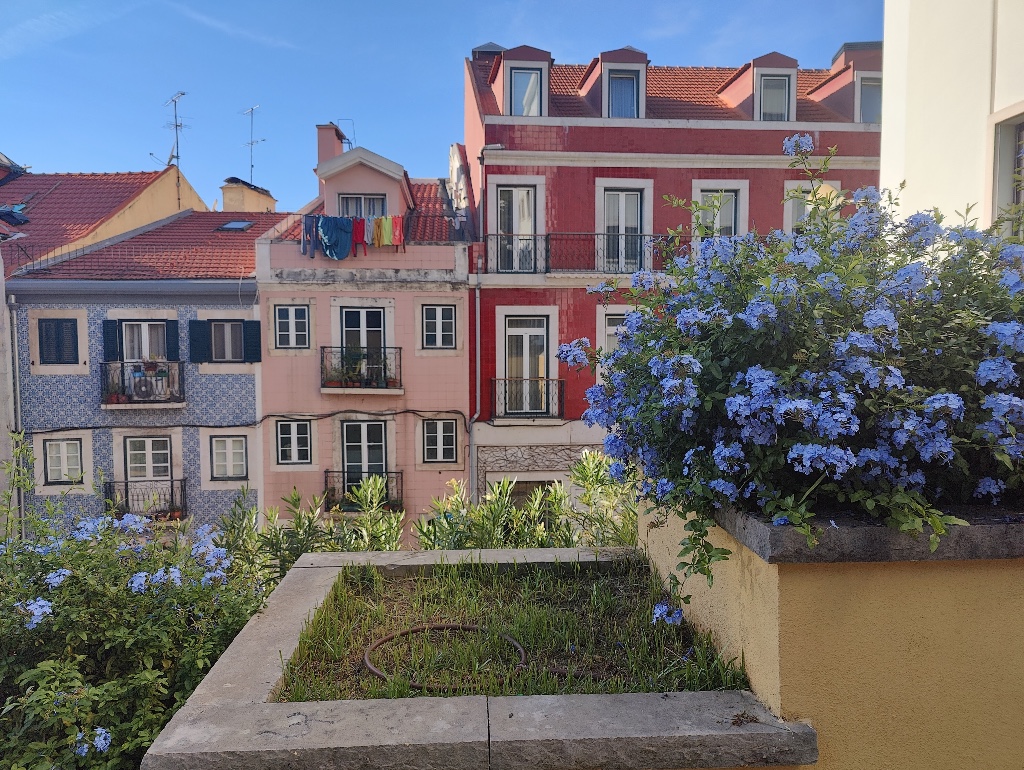
The parks and green spaces are plentiful and captivating. Ancient trees, hedge mazes, flowering bushes and trees are everywhere. Palms, Cypress, Olive and Kapok trees tower overhead, many types of cacti dispersed throughout, all hundreds of years old. My daily walk was around Parque Eduardo VII, baptized in 1903 to affirm the alliance between the United Kingdom and Portugal. Before this time is was referred to as Parque da Liberdade. At the north end of the park there is a controversial monument to the 25th of April (the carnation revolution of 1974) due to its phallic shape. Despite the controversy, it is truly an incredible work of art.
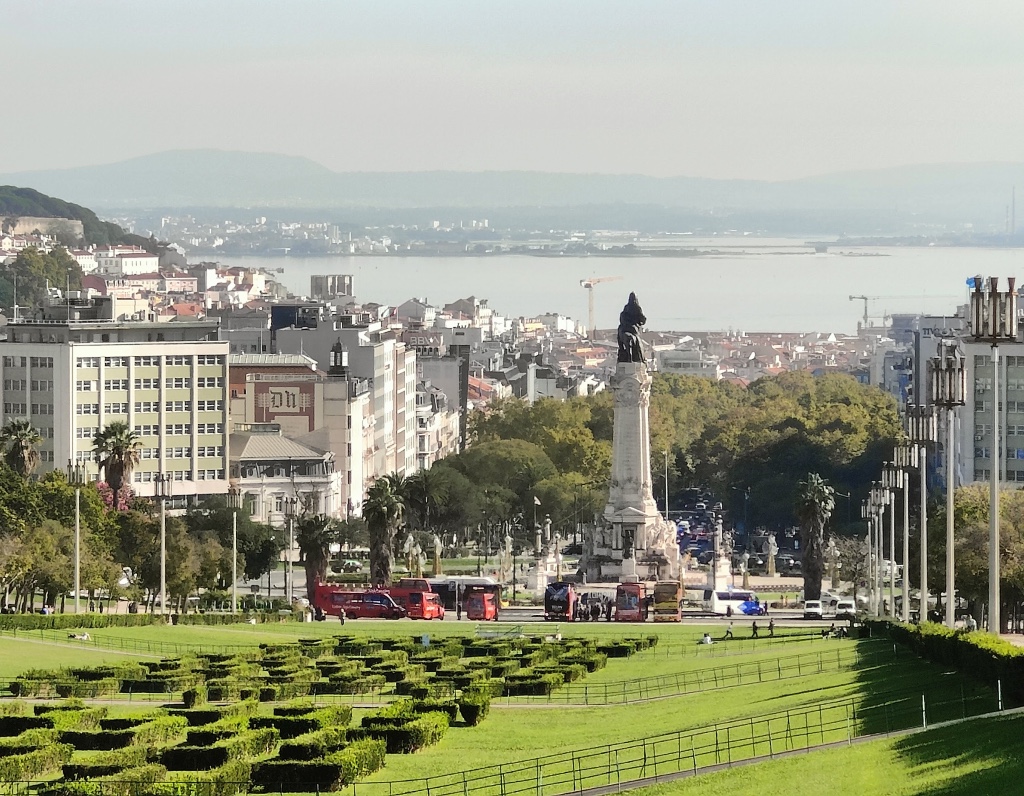
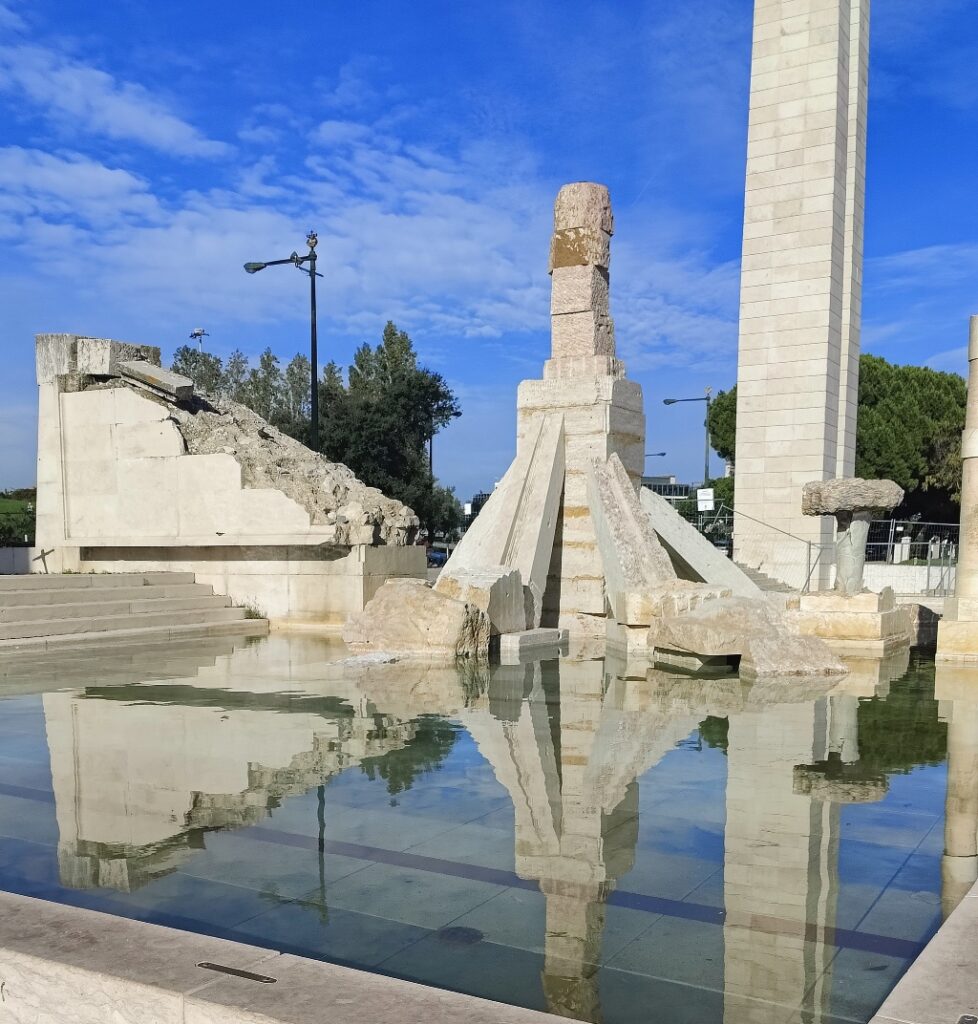
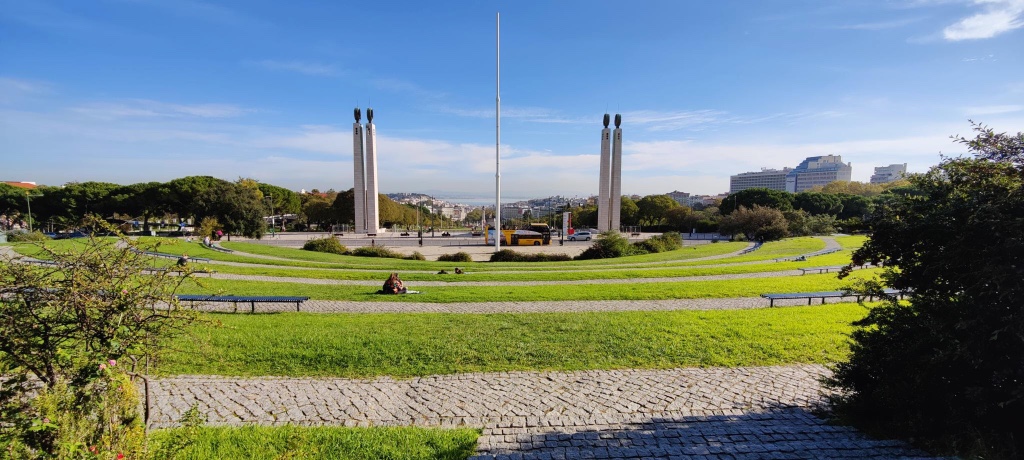
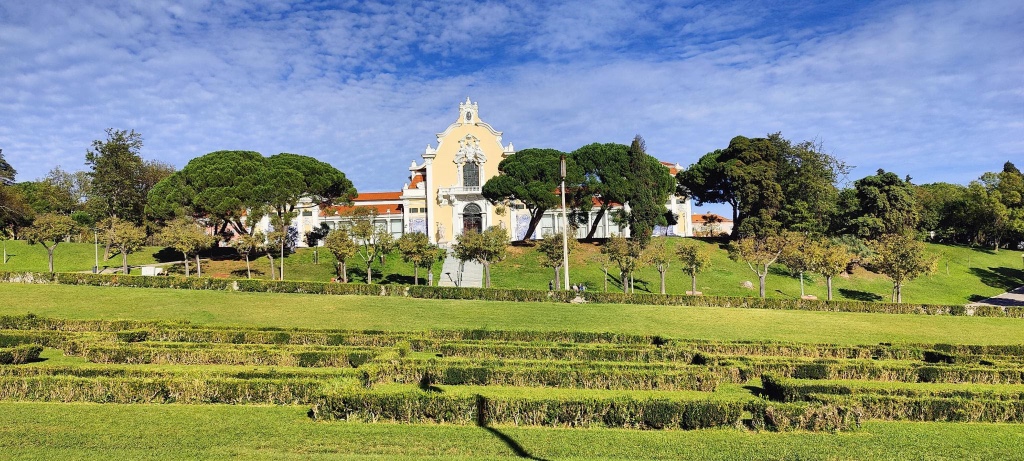
Our favorite park to visit was Jardim do Principle Real, named after Queen Mary II’s son Pedro V. Though he died at 24 and had a brief rule, he was much beloved by his people, hence the name, Royal Prince. On Saturday there is a market full of fresh produce from local vendors, stalls of homemade Sandes, cheese mongers, local artists and a drink stall making craft cocktails. We would have Sangria or a Gin lemonade and watch the people shop and stroll. Muscovy ducks live in the park, which look like a combination of a vulture and duck. They are both unusual and friendly. There is an enclosure they sleep in beside a large pond and fountain. Also in the park is a huge coop for chickens and roosters, crowing throughout the day. They follow you in entourage, hoping for some morsels to fall at your feet. In the park, Cafe de Principle Real often has a classical guitarist singing both local and pop songs, they have incredible food and view of the 140 year old 20 meter Cedar-of-Bucaco that is the parks crowning jewel.

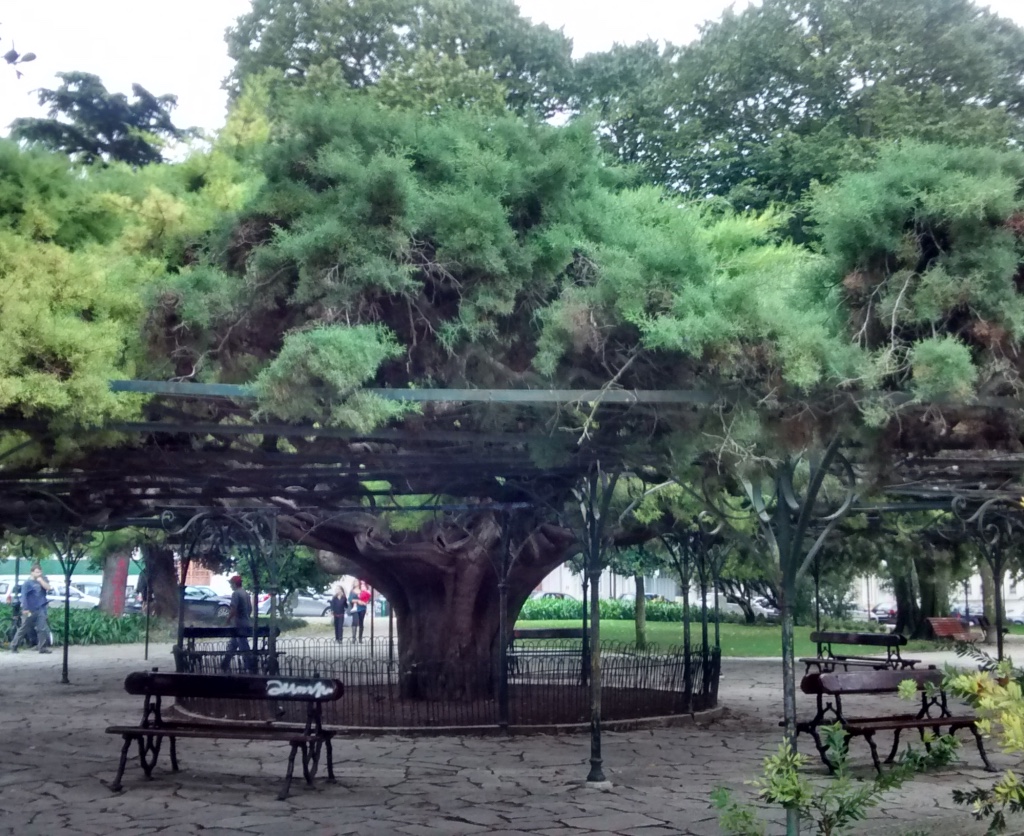
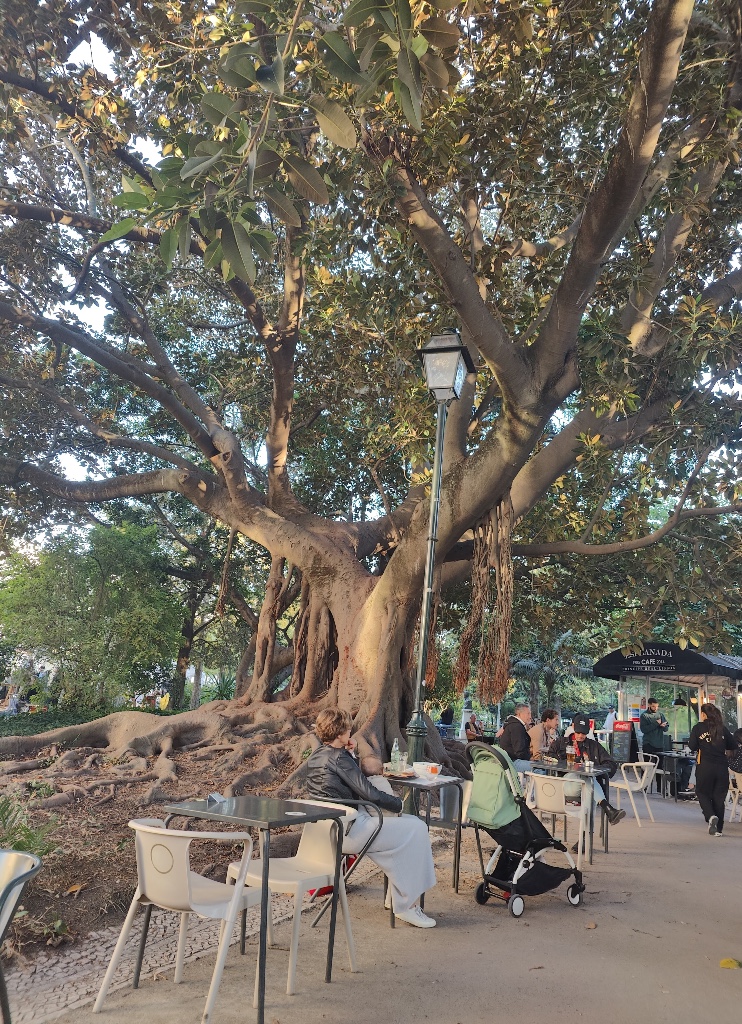

So many breathtaking views in the city if you are up for a steep hike. Some personal favorites are Miradouro da Sao Pedro de Alcantra, Miradouro das Portas do Sol, Miradouro da Graca, Miradouro da Senhora do Monte and Miradouro de Santa Luzia. One perfect day we hiked to all 5 points, snaking throughout the city and taking in each different view, some of the glittering Tagus, the longest river in the Iberian peninsula. Others offer expansive views of the city, the Graca viewpoint also is the home of the church and convent of Our lady of Grace. Originally built in 1291, but was rebuilt in 1755 after being destroyed in the earthquake. Inside the church are some of the most expansive tile works in the city, the convents cloister is peaceful and perfectly maintained. To visit the church is always free, which was a nice surprise. Most monuments, museums and churches have a small fee to enter, but most are under 10€ and typically offer a free day either weekly or monthly.
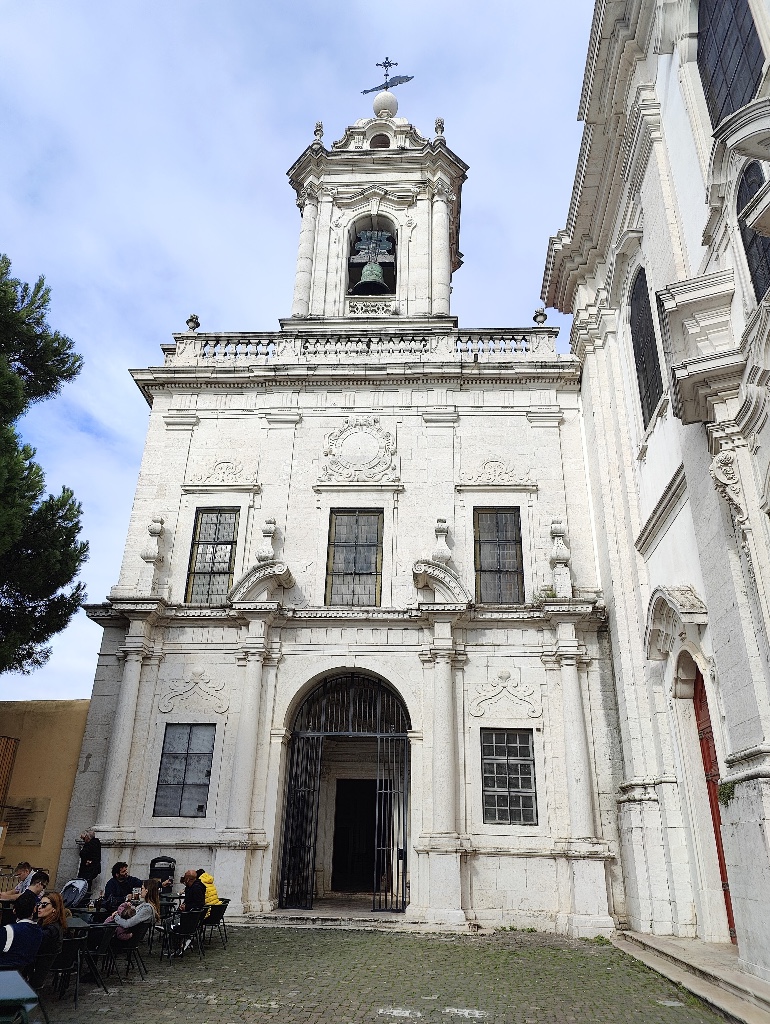
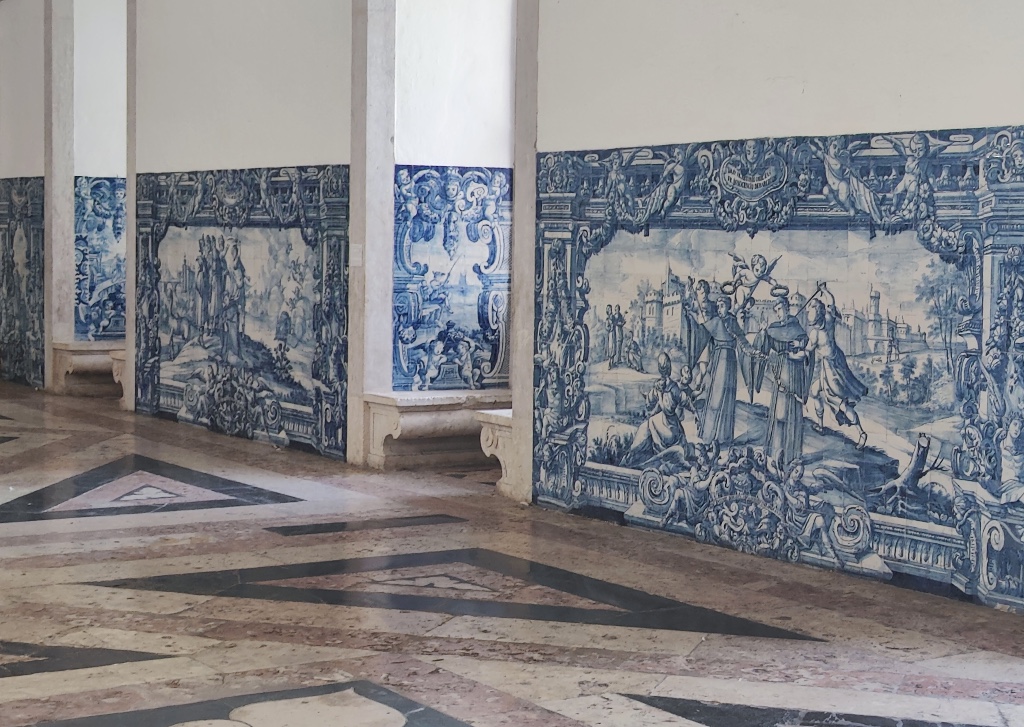
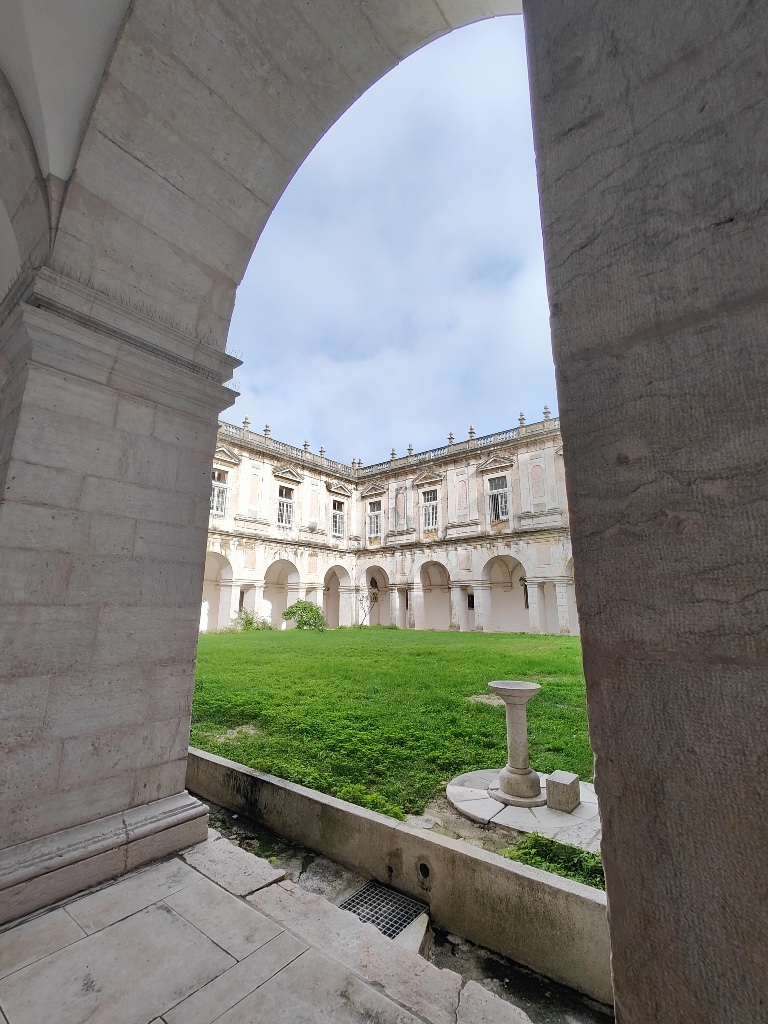

Senhora do Monte was my absolute though, offering the most expansive view of the city. The loveliest thing about Lisbon is there are small food and drink kiosks everywhere, you can enjoy a coffee and snack or sangria to truly take your time and appreciate the views. It was an adjustment for both of us when we came here to remember to slow down and soak everything up. The Portuguese people are truly masters of living in the moment. Don’t be in a hurry to do anything, nothing happens quickly here. It is a welcome change for the rush we were used to in the US.

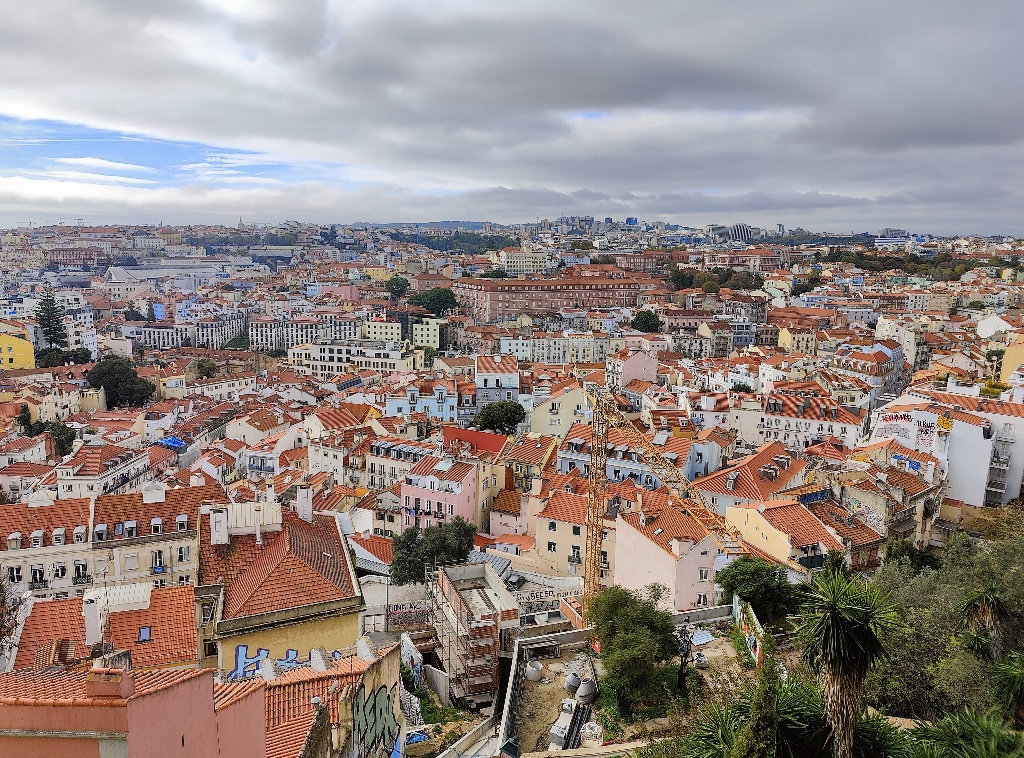
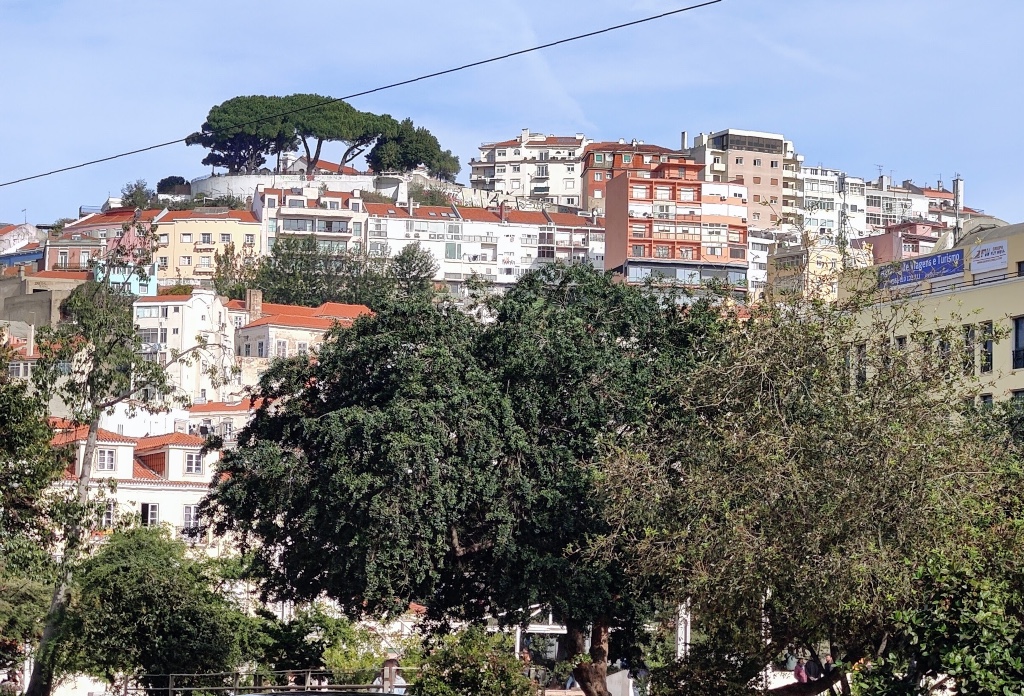
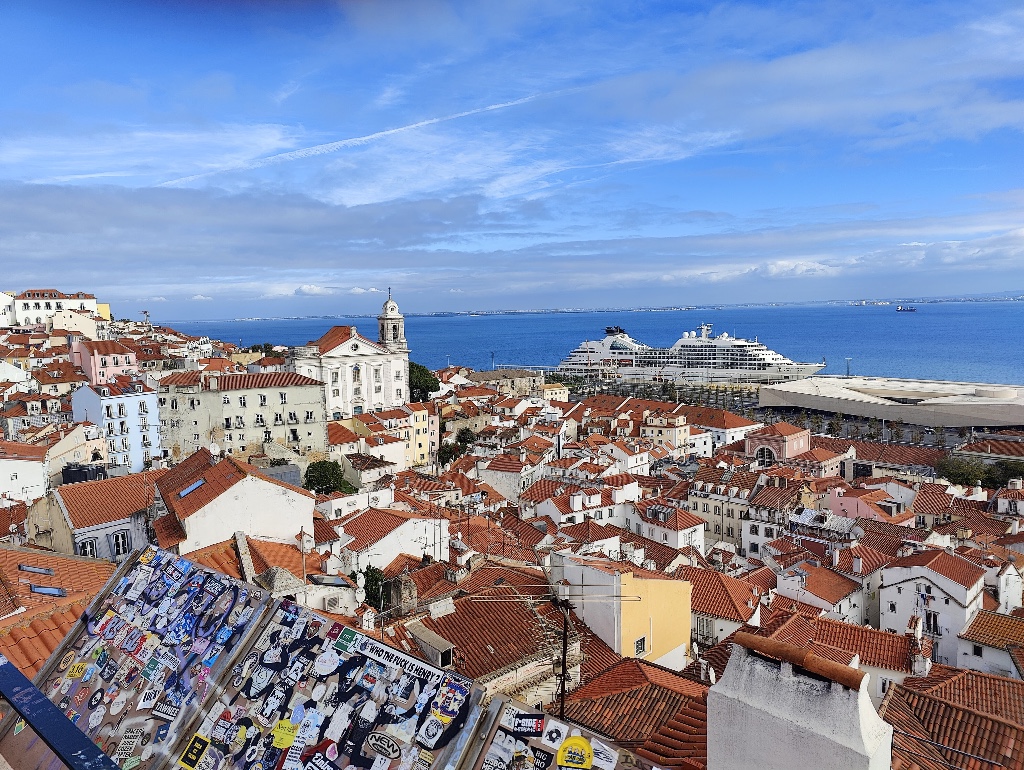
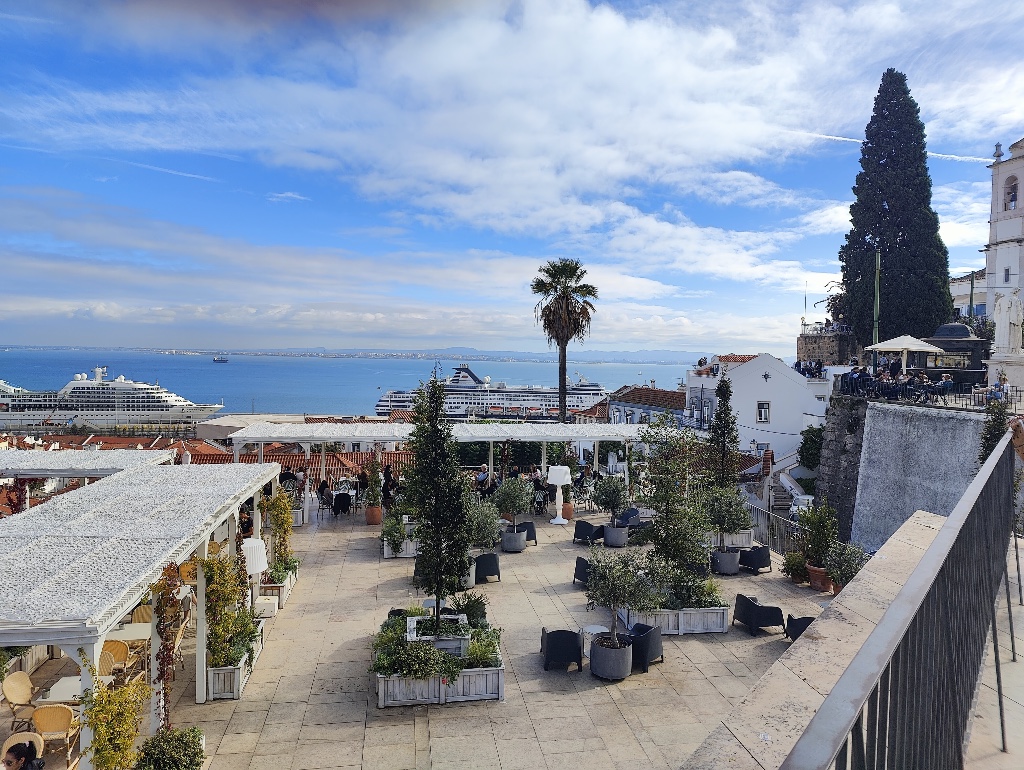
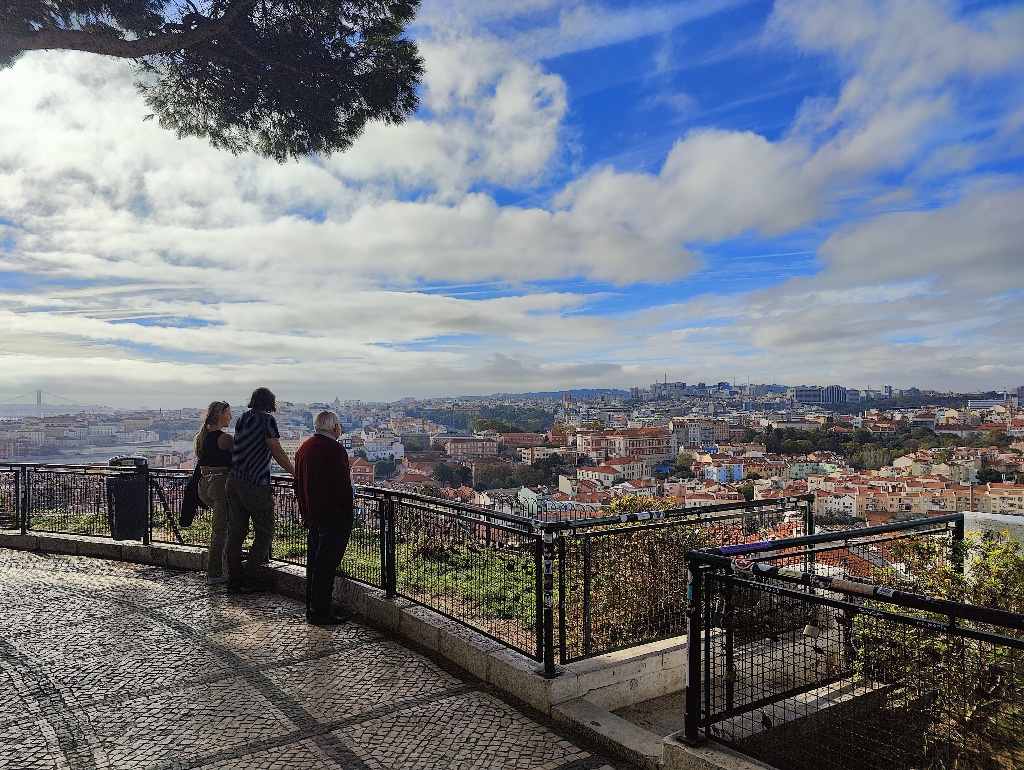
There is a tremendous green space, Parque Florestal do Monsatano that hosts many nature trails and Panoramico de Monsanto, an abandoned, graffitied high end restaurant that has the best views of Lisbon in its entirety. the street art is amazing, a strange combination of tiles, mosaic, spray paint and colored glass. Unfortunately they had the top part of the building blocked off, but you can still check out the views from the 3rd floor. We both agreed that it would make an amazing place for an underground rave, but alas, it is right next to a military facility. If you are hiking from town keep in mind that there is not much out there, bring water and a snack and be prepared to walk approximately 19 kilometers (12 miles).
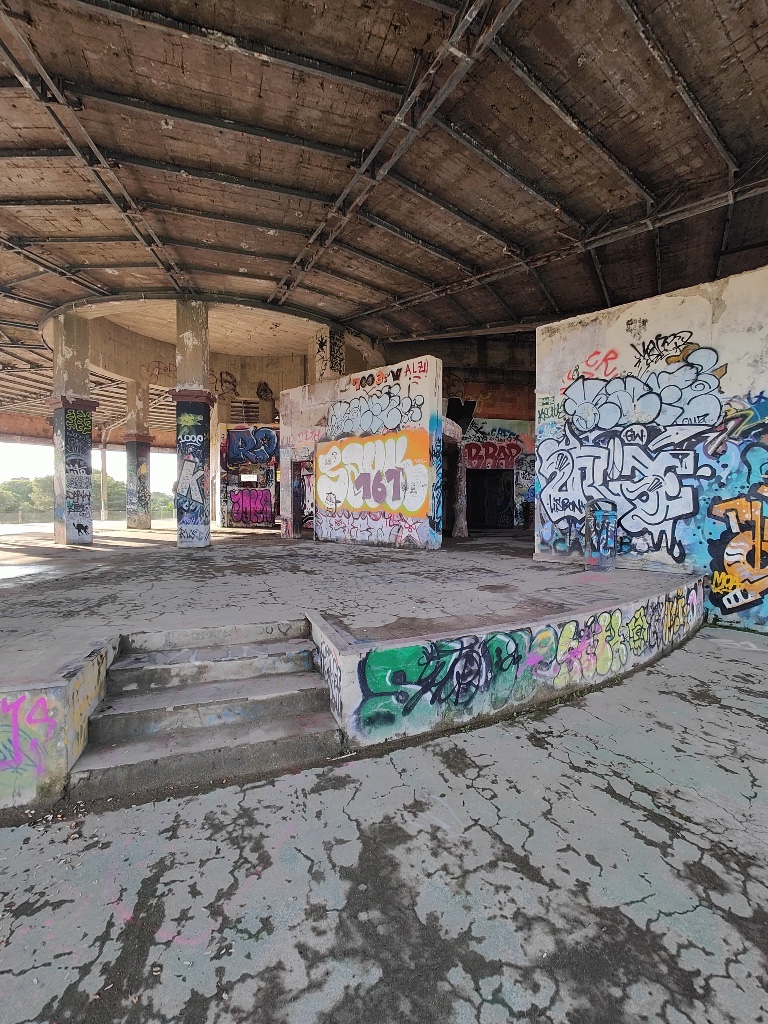
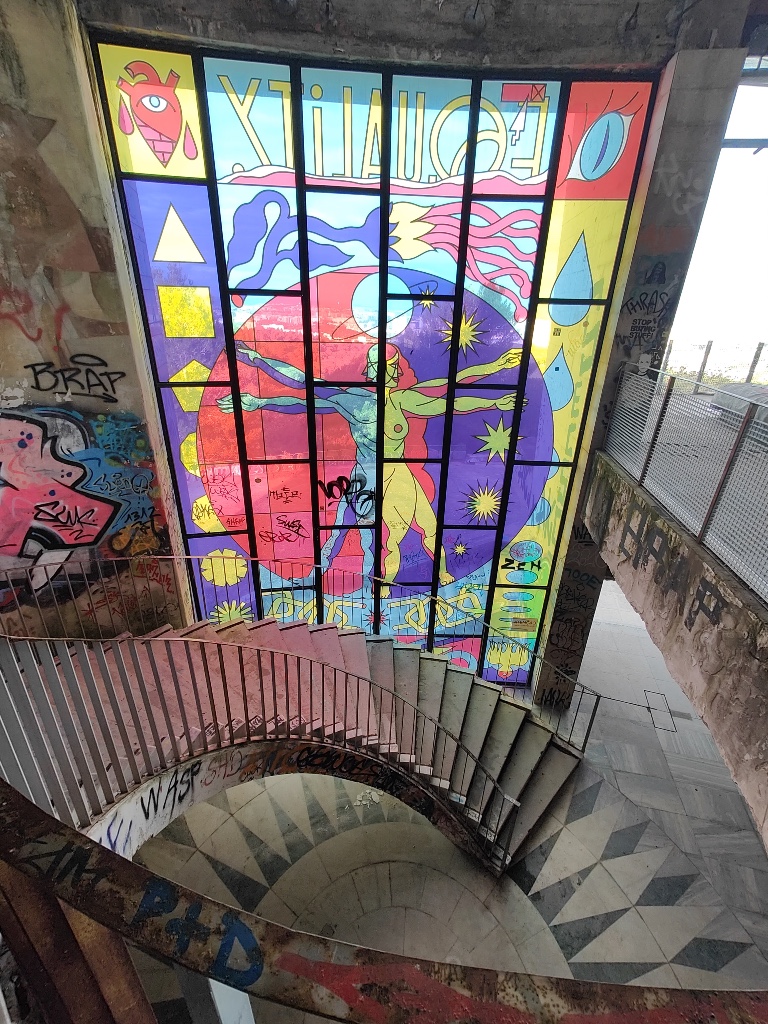
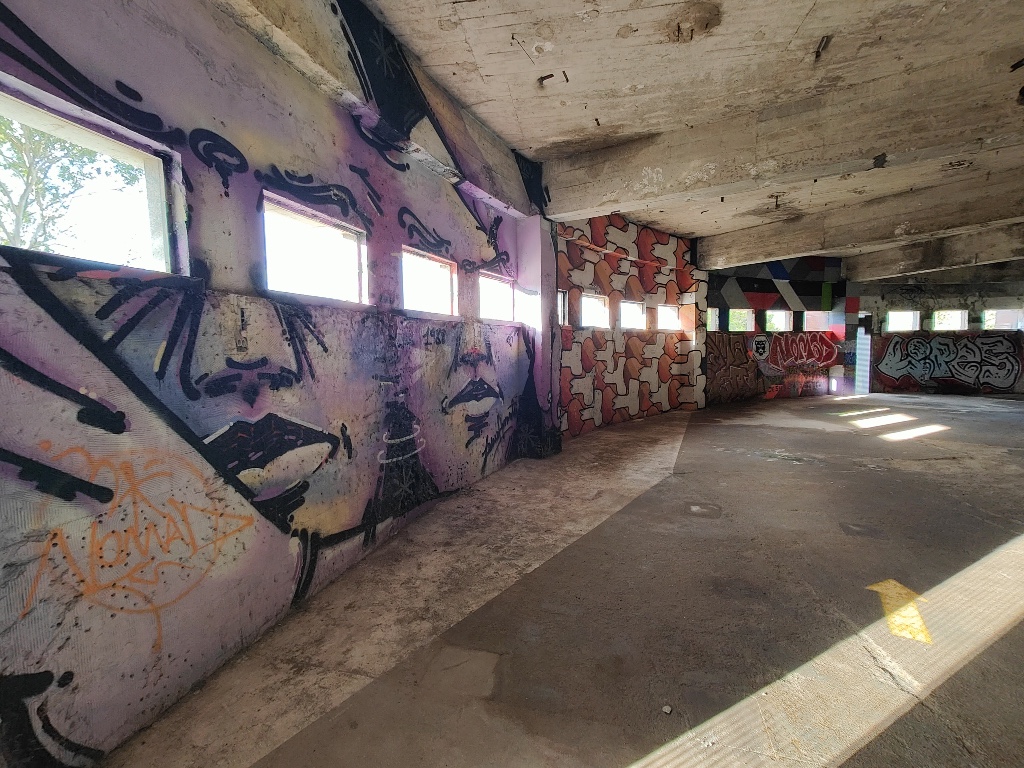
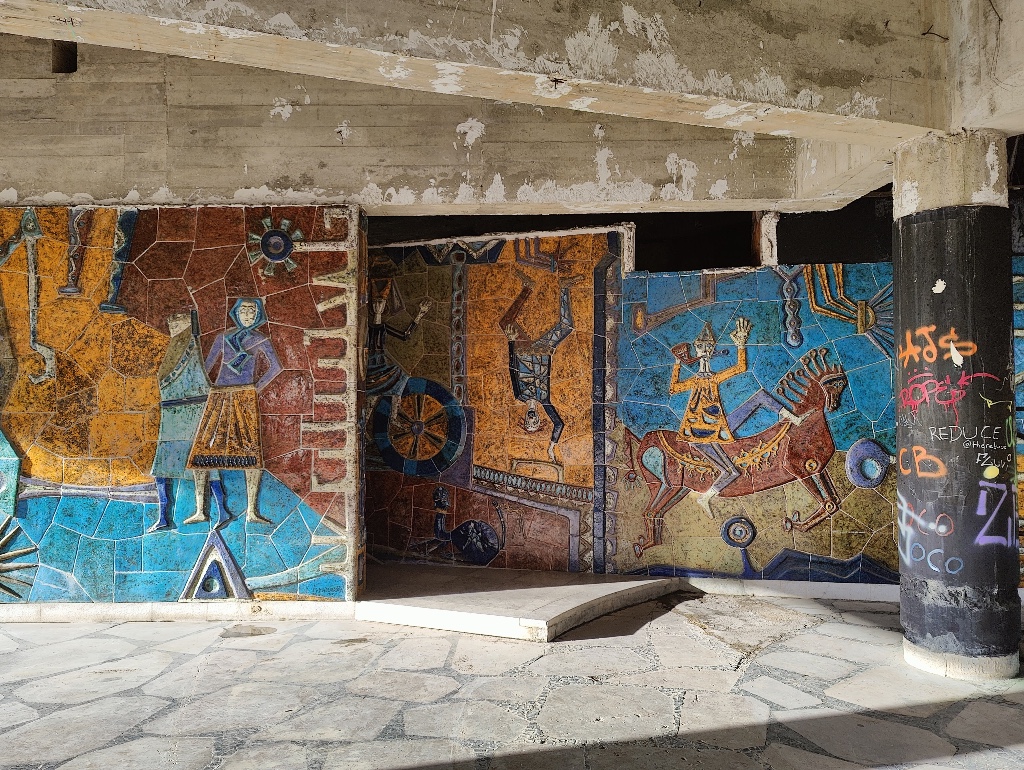
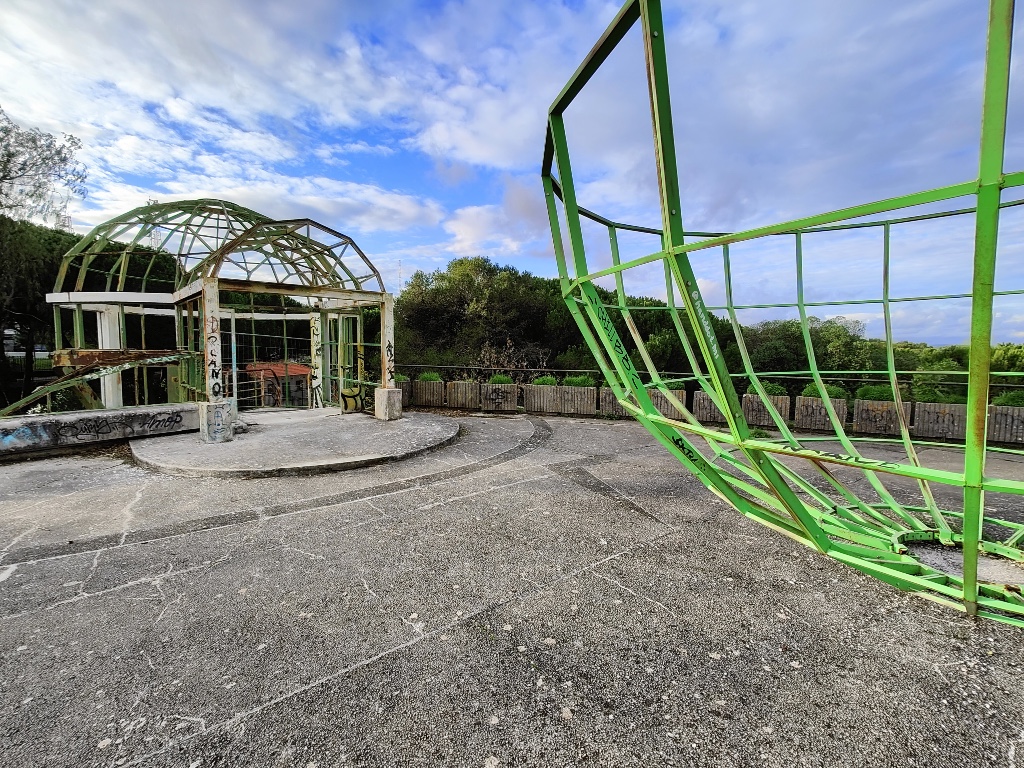
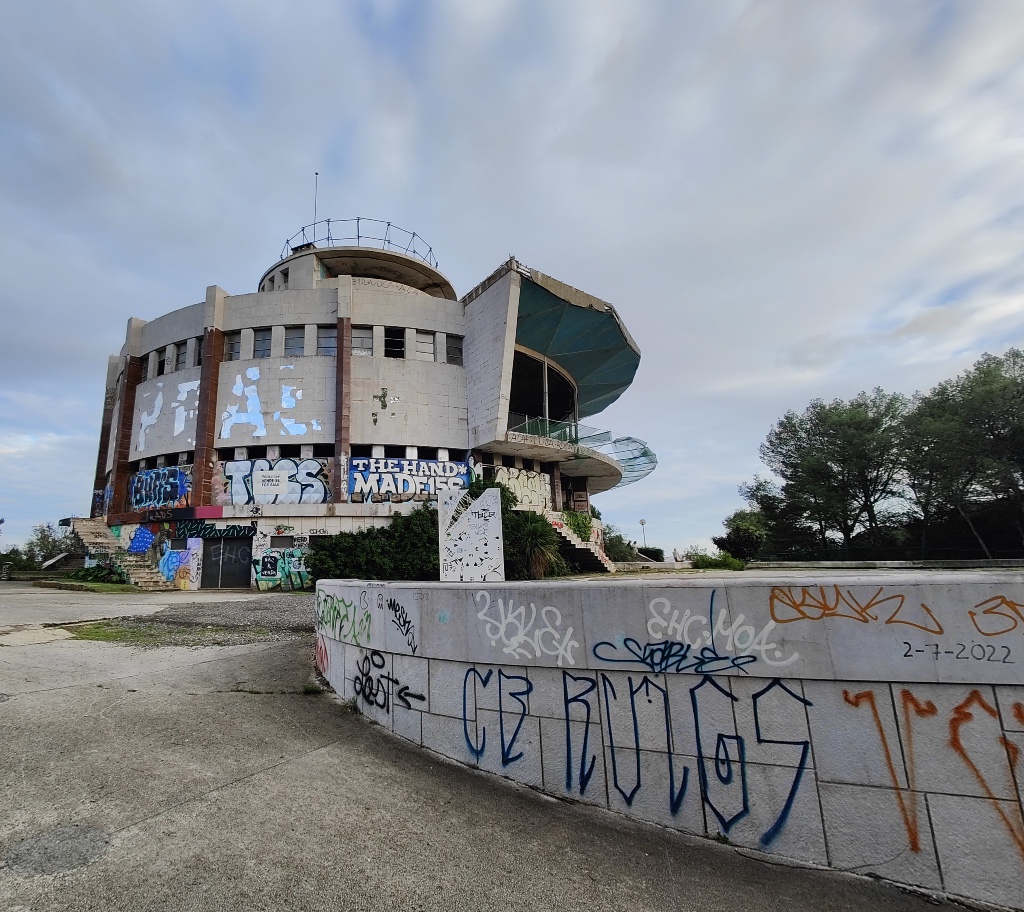
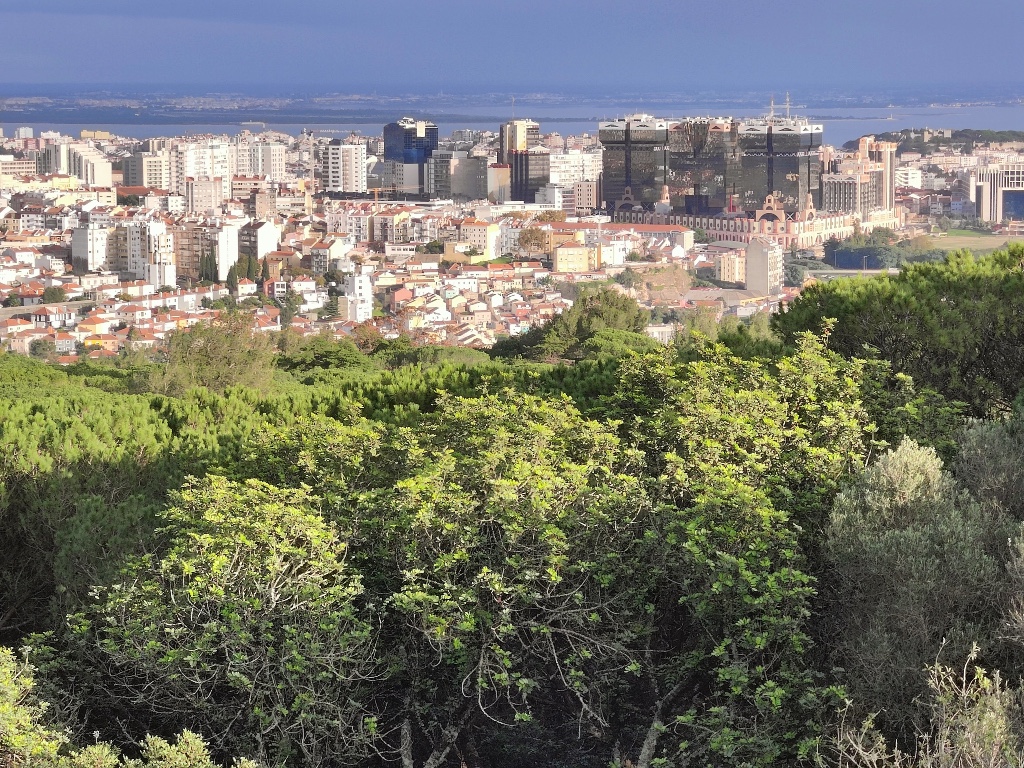
On the way there you can see the Aguas Livres Aqueduct (Aqueduct of the Free Waters), a network of canals spanning 58km constructed in the 18th century in gothic style. It supplied the towns fountains in the city by gravity alone. The importance on the aqueduct decreased as use of the Alviela watershed increased, it remained operational until 1967 and officially decommissioned in 1968. It is possible to cross the aqueduct from the Museu de Agua located in the Campolide neighborhood. Inside the museum you can visit the Mae d’Agua (Mother of the Water), a reservoir of the Amoreias, the largest of the water reservoirs.
